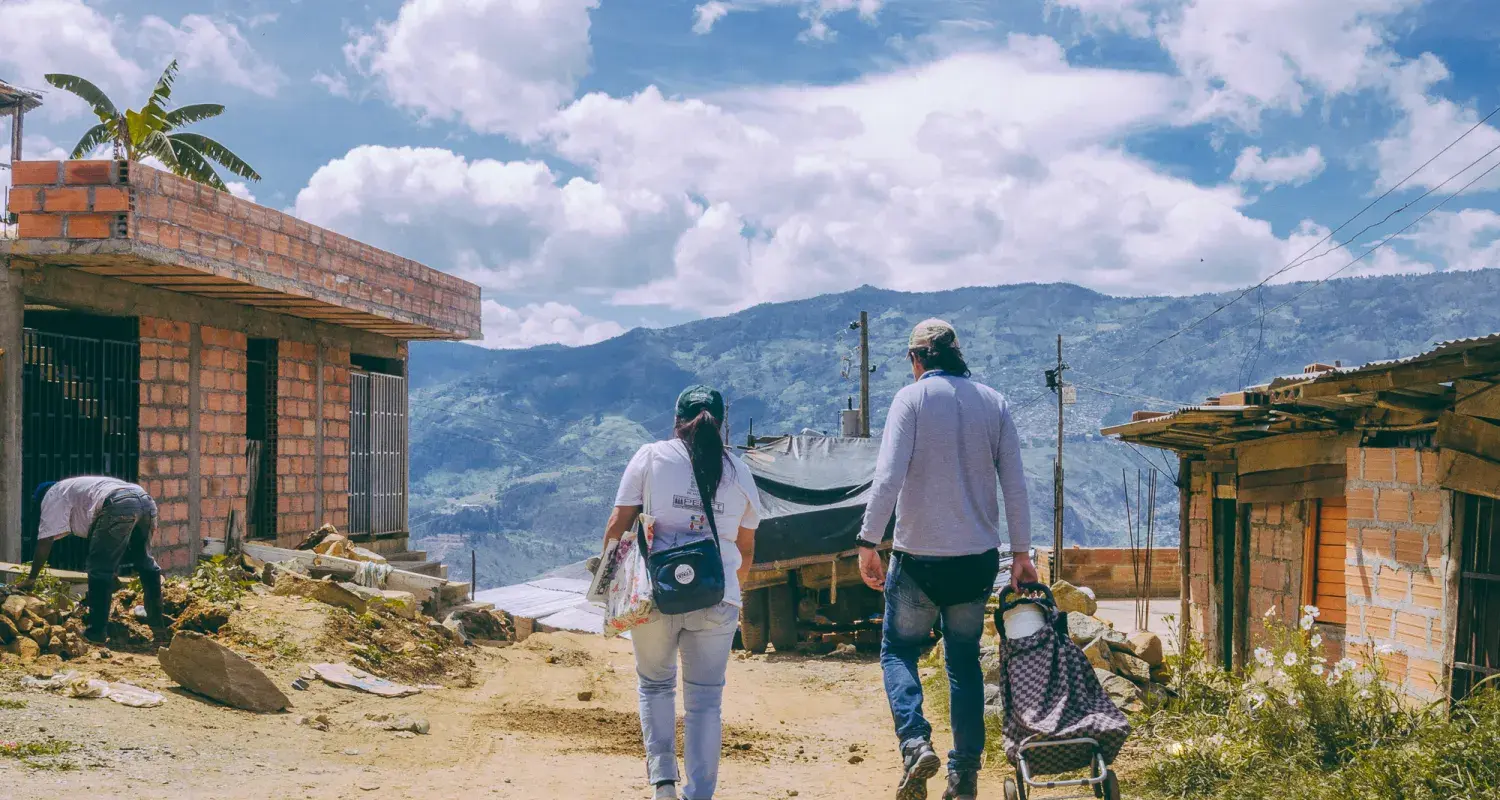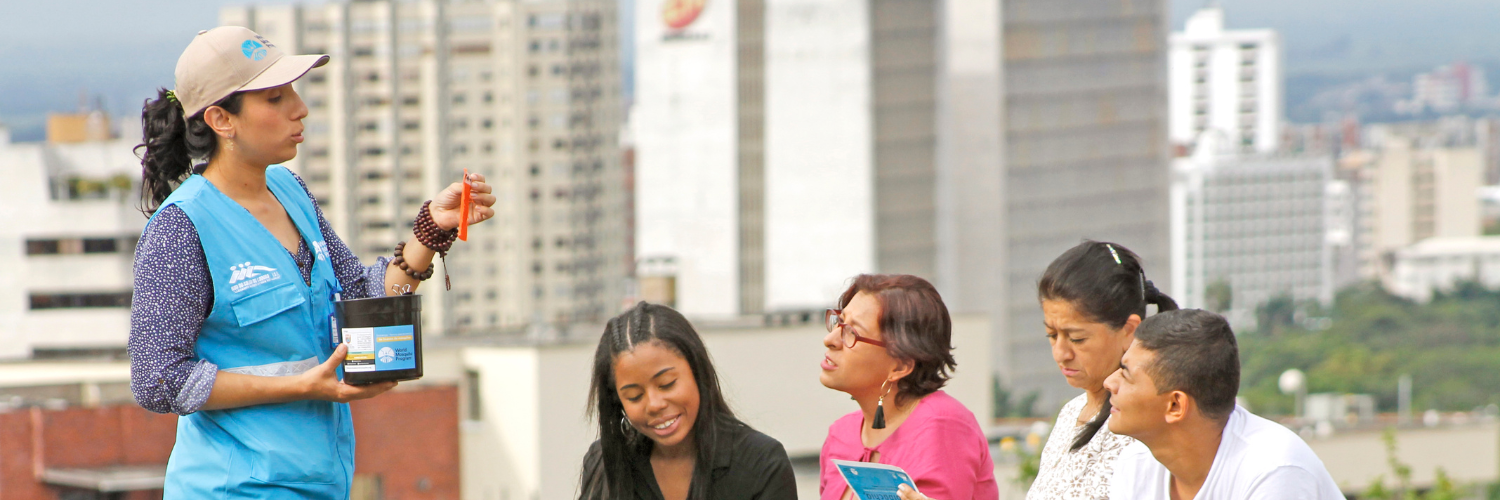Mosquito-borne diseases kill more than one million people and infect up to 700 million each year – almost one in ten people. As the planet warms and climate change lengthens the mosquito season, the world’s deadliest creature will expand its geographical range to new regions and re-emerge in areas where mosquito numbers had subsided for decades.
Extreme climate and weather patterns such as droughts, heatwaves, floods, and rainfall are increasing in severity and regularity across the globe. These provide favourable conditions for mosquitoes to breed and could help spread their viruses to higher latitudes and altitudes.
Climate change also increases mosquito-borne disease risk in less obvious ways, says Dr Katie Anders, an epidemiologist and director of impact assessment at the World Mosquito Program (WMP).
“For example, when households store water in response to drought, this can increase local mosquito breeding sites and disease risk. Land use changes can also drive migration to cities, increasing the population at risk of explosive outbreaks of dengue and other mosquito-borne diseases.”
Widening geographies
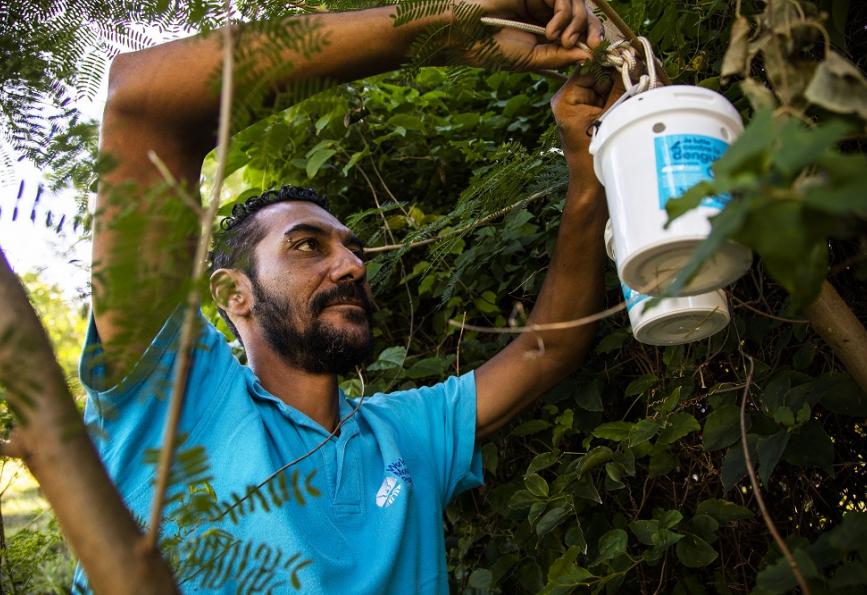
Endemic already across sub-Saharan Africa, Southeast Asia and Latin America, mosquito-borne diseases are re-establishing in populations in different parts of the world. The Early Warning System for Mosquito Borne Diseases (EYWA) shows an upward trajectory in Europe, with malaria cases increasing by 62% and dengue, Zika and chikungunya by 700%. Extreme flooding in Germany last year alone saw mosquito numbers swell up to ten times the usual estimates.
Southern Australia is another recent example of mosquitoes expanding to new geographies. The region is currently grappling with its first major outbreak of Japanese encephalitis, a mosquito-transmitted infection more commonly found in rural southeast Asia and the Pacific Islands. Scientists believe climate change has potentially created a “perfect storm,” allowing the virus to move further south and gain a foothold in the country.
Although there are more than 3,000 mosquito species in the world, most serious diseases such as dengue, chikungunya, Zika and yellow fever are transmitted by just two — Aedes aegypti and Aedes albopictus (also known as the Asian tiger mosquito). Dengue, the fastest-spreading mosquito-borne virus in the world, is estimated to infect more than 390 million people every year, with more than half of the world’s population now at risk.
Global studies
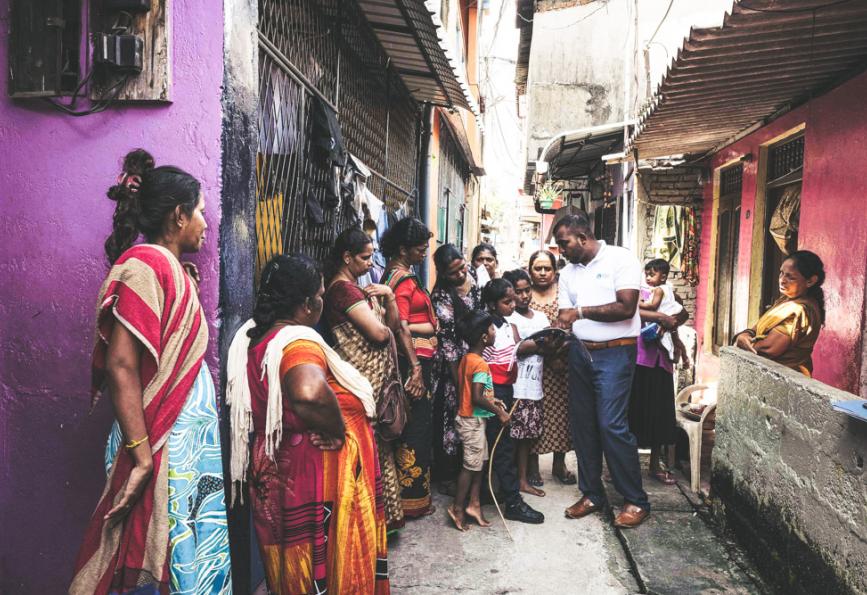
Research teams across the world have studied data on how reducing global warming could save millions of people from mosquito-borne diseases.
One recent study, led by the London School of Hygiene and Tropical Medicine (LSHTM), predicted that more than eight billion people could be at risk of malaria and dengue by 2080. The research found that global temperature rises could lengthen annual transmission seasons by more than a month for malaria and four months for dengue over the next 50 years. These were based on projections of population growth of roughly 4.5 billion over the same period, and a rise in temperature of 3.7C by 2100.
A Nature Reviews paper further reports how increased global connectivity presents unique risk factors for infectious disease spread, allowing pathogens (a microorganism that can cause disease) to travel further and faster than ever before.
However, researchers in Brazil reported other environmental and socioeconomic factors, such as housing development and population growth complicate predictions of climate change on future disease distribution patterns. Their research, published in The Lancet Planetary Health, looked at the association between rainfall patterns and dengue risk, with a notable difference in rural and urban areas. The authors wrote: “The effects of hydrometeorological events on dengue transmission are dependent on the local social and ecological conditions that determine the types of larval habitat available in the environment, and household water supply and storage practices."
Researchers have also looked at how climate change has affected the disease carrying capacity of mosquitoes. A review paper in The Lancet assessed the influence of temperature and rainfall, overlaying it with human population density data to estimate the reproductive number (R0; the expected number of secondary infections resulting from one infection). Their findings show that the R0 for all arboviral (infections caused by a group of viruses spread by infected arthropods such as mosquitoes and ticks) diseases tracked has increased since 1950-54. The number of infections transmitted by Aedes aegypti was 13% higher and for those spread by Aedes albopictus 7%.
Effective and sustainable solutions
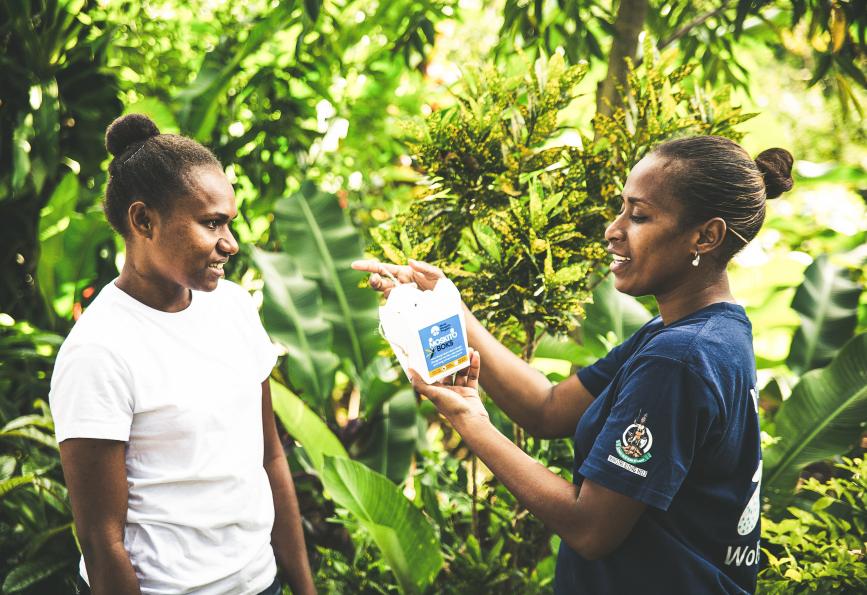
“We need to use all the tools in the box to combat the growing threat from mosquito-borne diseases,” says Dr Anders. “This means governments and communities mobilising to control mosquito populations, strengthening disease surveillance and outbreak response, good clinical management, and rapidly scaling up the delivery of effective interventions like Wolbachia, as well as new dengue vaccines when they are available.”
The urgent need for effective and sustainable strategies to control mosquito-borne disease is reflected in the World Health Organization’s (WHO) launch of a Global Arbovirus Initiative on 31 March 2022. The initiative will focus resources on risk monitoring, pandemic prevention, preparedness, detection and response.
Dr Mike Ryan, head of the WHO Emergency Programme, said: “There is an urgent need to re-evaluate the tools at hand and how these can be used across diseases to ensure efficient response, evidence-based practice, equipped and trained personnel and engagement of communities.”
Many of the methods used to combat mosquito-borne diseases— including both conventional approaches like insecticide spraying and novel techniques such as the release of sterile male mosquitoes — focus on the suppression of mosquito populations, and need to be reapplied regularly to keep mosquito numbers in check. Wolbachia, unlike other measures, is safe for people, mosquitoes, and the environment.
Wolbachia
A common natural bacteria found in about 50% of insects — Wolbachia is introduced in the female Aedes aegypti mosquitoes, preventing them from transmitting diseases. The Wolbachia-carrying mosquitoes are then released in areas where mosquito-borne viruses are endemic. As they breed with wild mosquitoes, the number of mosquitoes with Wolbachia grows over time until it remains high and further releases are not needed.
“Wolbachia changes the paradigm for the control of mosquito-borne disease, by reducing the ability of mosquitoes to transmit disease instead of killing them,” says Dr Anders.
“This self-sustaining, safe and cost-effective method gives communities long-term resilience against the multiple diseases transmitted by Aedes aegypti mosquitoes.”
This natural Wolbachia method developed by the World Mosquito Program (WMP) is proving highly effective in 14 countries across three continents, protecting almost 11 million people so far (December 2022). In Yogyakarta city (Indonesia), where a 3-year randomised controlled trial was carried out by WMP in partnership with Universitas Gadjah Mada, there was a 77% reduction in dengue incidence and 86% reduction in hospitalisations in Wolbachia-treated communities.
Monitoring outbreaks
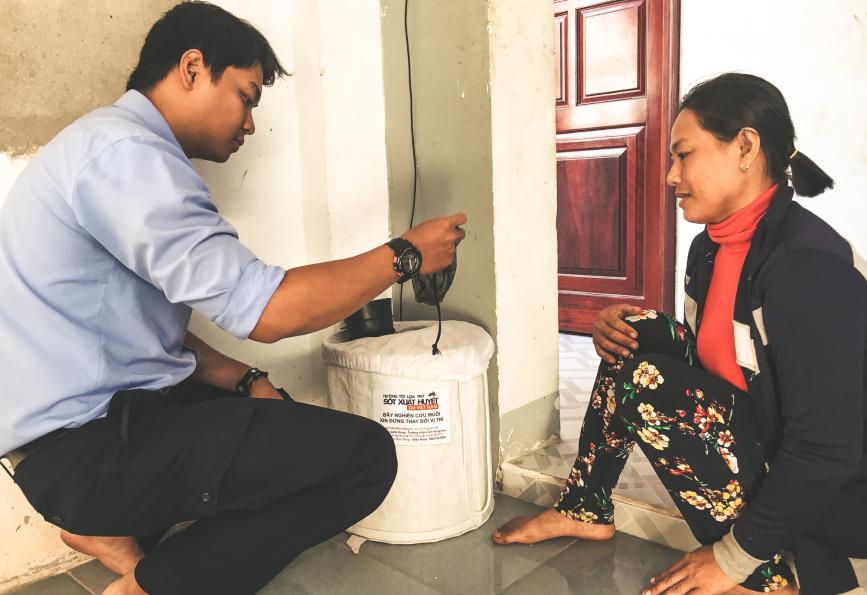
Disease surveillance is also another important aspect of combating mosquito-borne diseases. One recent study discovered that through monitoring and identifying the hotspots of dengue, researchers could help create predictive maps for future outbreaks of other diseases such as Zika and chikungunya. They collected data between 2008 to 2020 from cities in southern Mexico and found that there was a 62% overlap of hotspots for dengue and Zika, and 53% for cases of dengue and chikungunya.
In Southeast Asia, the Dengue Forecasting Model Satellite-based System (D-MOSS) gathers satellite data with local insights from partners on the ground about dengue cases, primarily in Malaysia, Sri Lanka and Vietnam. It aims to provide advanced intelligence to government officials in order to control outbreaks. Similarly, NASA scientists are working with local governments and public health officials in the US to help map the locations of disease-carrying mosquitoes and keep communities safe.
Dr Anders emphasises how important it is to understand and predict the rise and spread of mosquito-borne diseases, factoring health-related costs into public policy. As Dr Anthony Fauci, director of the National Institute of Allergy and Infectious Diseases in the US, so gravely put it: “Any virus that can efficiently infect Aedes aegypti also has the potential access to billions of humans.”
Factsheet


